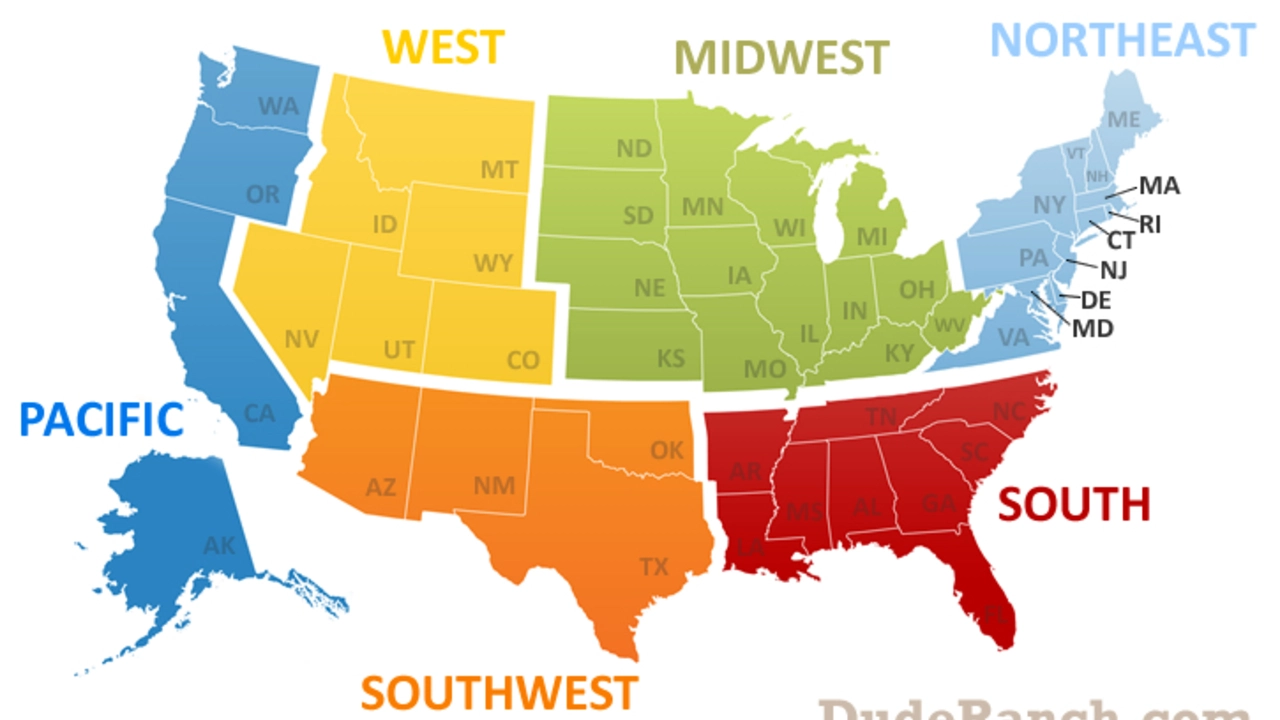Comparison: Quick Guides to Spot the Differences
Ever wonder why some tools feel better than others or why a dividend jump matters? The answer is usually in the details. Comparing two things side‑by‑side lets you see strengths, weaknesses and hidden costs. This page gives you straight‑forward ways to compare tech products, financial data, education trends and more, so you can make smarter choices without wading through fluff.
How to Compare Tech Products
Take the popular SEO tool Ahrefs as an example. Most marketers hear the name first, but what really matters is how it stacks up against competitors. Look at three factors: data accuracy, user interface and price. Ahrefs offers a deep backlink database (great for detailed link audits) but can be pricier than alternatives like Moz or SEMrush. If you’re just starting out, the cheaper tool might give you enough data without breaking the budget.
Another tech comparison that pops up often is quantum computing vs classical computing. Quantum promises massive speed for specific problems, yet it still struggles with qubit stability and scaling. For everyday apps, classical CPUs remain more reliable and affordable. Matching the problem you need to solve with the right technology saves time and money.
Comparison Tips for Finance and Education
When a company like Oracle Financial Services Software raises its dividend, the headline grabs attention, but the real story lies in the payout ratio and cash flow. A 95.7% payout ratio looks generous, but a cash payout ratio over 100% suggests the company might be using cash reserves to fund the dividend—something investors should watch closely.
In education, comparing learning models helps you pick the right fit. The flipped classroom flips homework and lecture time: students watch videos at home, then solve problems in class. Traditional lectures push content delivery to the classroom. If you thrive on hands‑on practice, the flipped model may boost engagement; if you prefer listening to a teacher, the classic approach works better.
Every comparison starts with a clear question: What am I trying to decide? Write down the criteria that matter most—price, performance, support, future growth—and rank each option against them. Use a simple table or a bullet list; visual layout makes gaps obvious.
Finally, don’t forget to revisit your decision after a few weeks. Markets shift, software updates roll out, and personal needs evolve. A comparison isn’t a one‑time task; it’s an ongoing habit that keeps you ahead of the curve.
